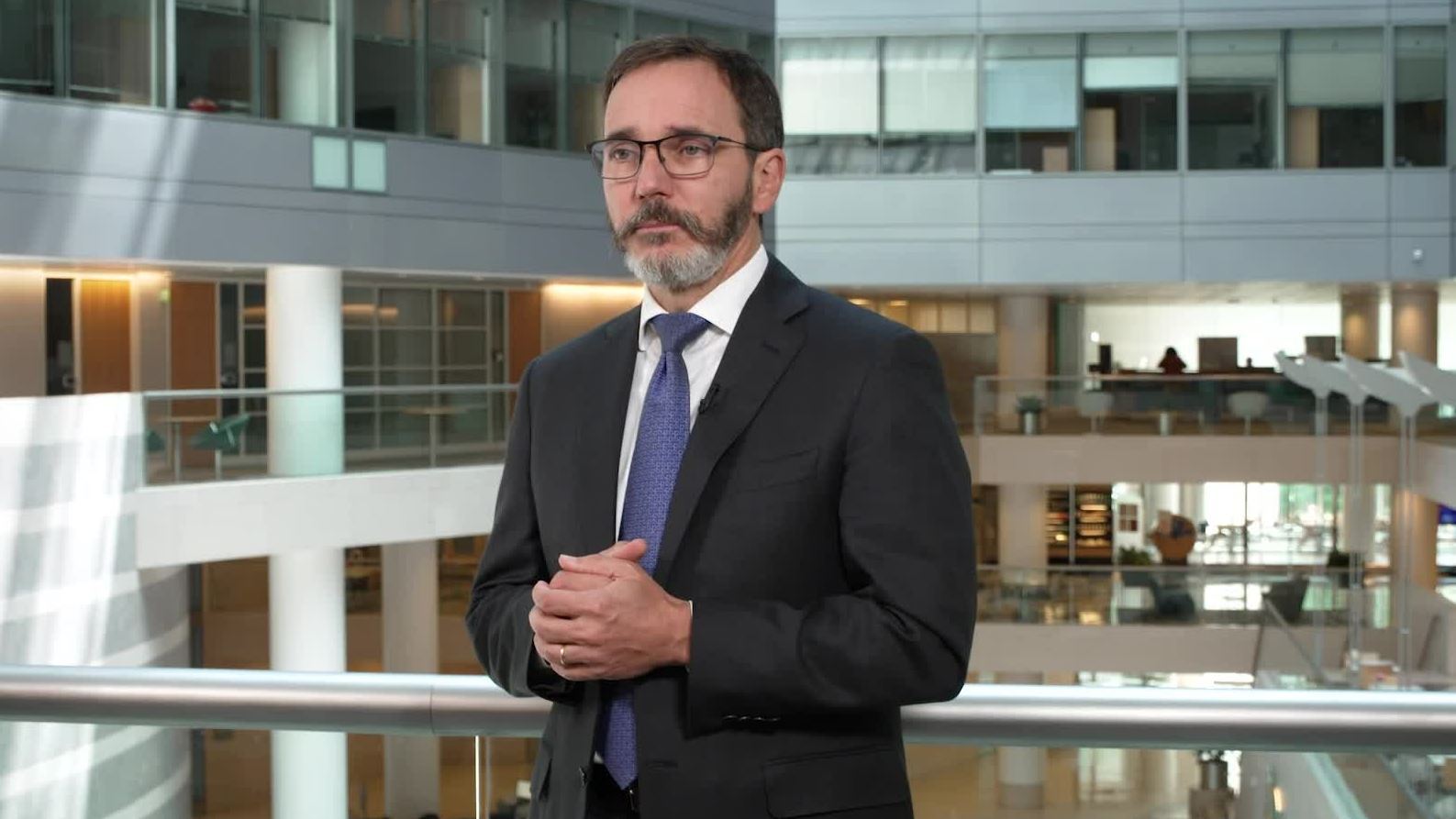The global economy continues to gradually recover from the pandemic and Russia’s invasion of Ukraine, announced the IMF today (July 25, 2023) in a press briefing marking the launch of July’s update of the World Economic Outlook report.
Under the IMF’s baseline forecast, growth will slow from last year’s 3.5 percent to 3.0 percent this year and next, a 0.2 percentage points upgrade for 2023 from the IMF’s April projections.
“Global economic activity has proven resilient in the first quarter of this year, leading to a modest upward revision for global growth in 2023. But global growth remains weak by historical standards and is projected to fall from a 3.5 percent in 2022 to 3.0 percent in 2023 and 2024. Most of this slowdown is in advanced economies. What changed since April? On the upside, COVID-19 is no longer considered a global health emergency and supply chains have largely recovered. On the downside, inflation is declining but remains high and continues to erode household purchasing power while monetary policy tightening has raised the cost of borrowing and constrains economic activity. Moreover, we remain concerned about medium term growth prospects that seem to have declined,” said Pierre-Olivier Gourinchas, IMF’s Chief Economist.
Gourinchas explained that stronger growth and lower than expected inflation suggest that the global economy is headed in the right direction. Yet, while some adverse risks have moderated, the balance remains tilted to the downside.
“Overall, the outlook shows some improvement since April, and this is worth noting and some of the more extreme risks have declined. For instance, quick and strong action by authorities helped contain banking sector turmoil and reduced the risk of an immediate and broader financial crisis but the balance of risks remains tilted downward. Inflation could remain high or increase, for instance from an intensification of Russia's war in Ukraine or extreme weather-related events. This could require a further tightening of monetary policy and lead to another bout of financial market volatility. The slowdown in China could worsen, geoeconomic fragmentation could undermine growth further. On the upside, core inflation could fall faster than expected, reducing the need for monetary policy tightening, and allowing for a softer landing,” added Gourinchas.
Gourinchas exclaimed that the main policy priority now is to conquer inflation. Central banks in economies with elevated and persistent core inflation should continue to clearly signal their commitment to reducing inflation.
“In most economies, the priority remains the same; to achieve a sustained disinflation while ensuring financial stability. For that, we need monetary policy to remain restrictive until there are clear signs that underlying inflation is cooling. In many countries, fiscal policy should tighten to rebuild fiscal buffers and to reinforce the overall credibility of disinflation strategies, with the composition of fiscal adjustment ensuring targeted support for the most vulnerable. Improvements to the supply side of the economy would facilitate fiscal consolidation and a smoother decline of inflation toward target levels. Finally, urgent action is needed to strengthen global cooperation on climate policies, international trade, or debt restructuring, to address common challenges,” said Gourinchas.
To read the full report, click here.

